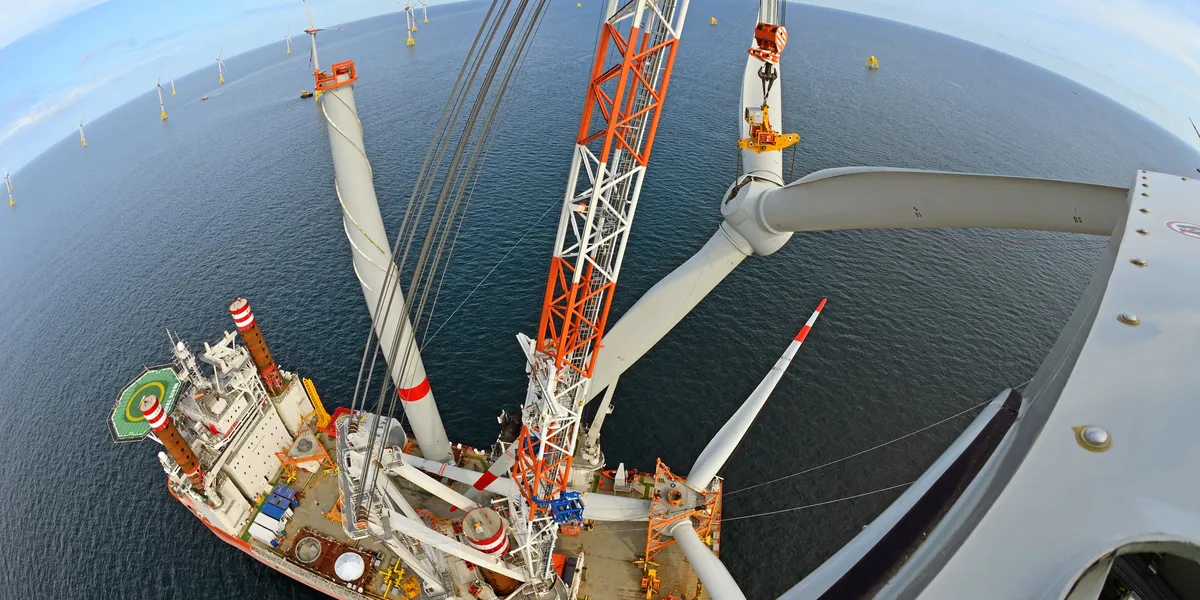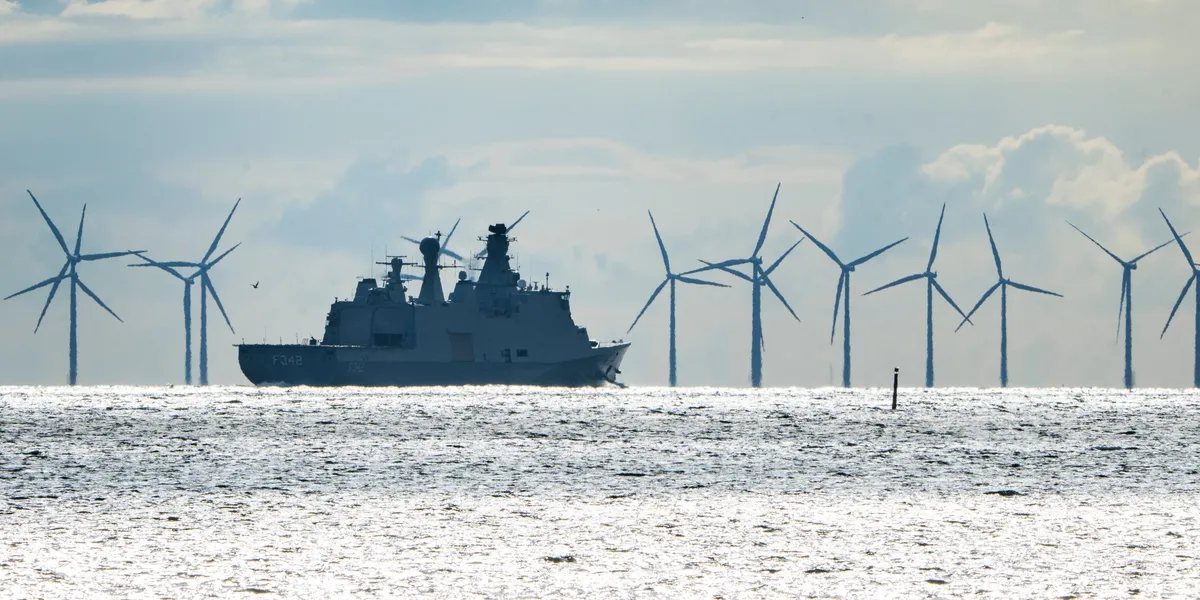by Shannon Heckt, Virginia Mercury
Virginia faces growing energy tensions from all sides, as demand skyrockets, the Virginia Clean Economy Act’s mandate to switch to carbon-free energy looms, and questions on how to bolster solar while preserving agricultural land linger. A new project by the Piedmont Environmental Council is trying to show how solar panels and crops can coexist through agrivoltaics.
In Loudoun County, PEC has added 42 solar panels alongside and above crops to test how energy and food production can work together. Several county zoning meetings in Virginia have revolved around the concern of losing agricultural land in order to build solar facilities in recent years. The project’s design mimics traditional farm practices, while making some alterations that make it easier to interact with the energy source and collect data.
“The goal is to get farmers to look at this and get them to test it, pull on it, make sure they’re getting to ask the questions that come out of their experience,” said Chris Miller, president of PEC. “And at the same time start to get policymakers at the local and state level to see it.”
The panels, sitting on a quarter acre of the 8-acre farm, produce about 17 kilowatts of power and the project has 23 kW of battery storage on site. This amount of power is not much in the grand scale of the state’s energy needs. But it is enough to power the entire farm most of the time – including its water pumps and greenhouse. Project organizers say if farmers across the commonwealth make these sorts of investments it will add up to big energy gains.
“The scale is also sort of a fundamental part of the project. Ultimately you have about 39,000 farms in Virginia and averaging, I think, 190 acres each. If you did a small project on each one of those, or you did a one megawatt project on each one that’s 40 gigawatts of energy,” said Ashish Kapoor, senior energy and climate advisor for PEC.
Crops that would do best underneath the arrays were selected for the project, while warm and cold weather crops are also being tested out. The community farm donates its vegetable yields to community food banks, thus the crops selected also would coincide with the foods often needed by the banks. They are also testing raised bed crops to show how community farms can benefit from similar solar projects.
Data about crop yield, disease and insect pressure will be collected and shared on the PEC website. Project directors are also testing soil for PFAS, or forever chemicals, to ensure that what is inside of the panels is not impacting the ground below.
“We’re looking at moisture retention as well, so whether the crops need to be watered less if they’re under-panel versus not under-panel, and doing some work around testing the soil periodically for any potential contaminants coming out of the solar panels,” said Teddy Pitsiokos, the community farm manager. “That’s something that we had heard some people can be concerned about now, (but) there isn’t a ton of data to validate those concerns.”
The same crops will be planted side by side to compare how the crops do in direct sunlight versus under the panels.
Project organizers said that after the initial investments in the panels, which in their case includes a transformer upgrade, farmers can save thousands of dollars through the net metering program over the life of the projects, especially as energy prices rise. PEC is an intervenor in the Dominion net metering case currently before the State Corporation Commission.
PEC also hopes to work with lawmakers on changing the regulations for zoning for these kinds of small-scale solar projects.
“A lot of the code is based on utility scale, but if you want to put a couple power walls in the shed, you really shouldn’t be up against the same restrictions as a grid-scale battery would be,” Kapoor said.
Under the Virginia Clean Economy Act, Dominion Energy and Appalachian Power Company have to produce 16,100 megawatts of onshore wind and solar power by 2035. By 2045, they have to be completely carbon-free in their energy use. PEC project organizers said the solution they’re proposing can help meet those goals.
“If we could get 3000 landowners to do this, that’s going to have a significant impact, and that’s something we know is achievable,” Miller said. “So, let’s get started. Let’s do it in a constructive and positive way and kind of be part of the solution for the bigger clean energy challenge.”
Virginia Mercury is part of States Newsroom, a nonprofit news network supported by grants and a coalition of donors as a 501c(3) public charity. Virginia Mercury maintains editorial independence. Contact Editor Samantha Willis for questions: [email protected].







